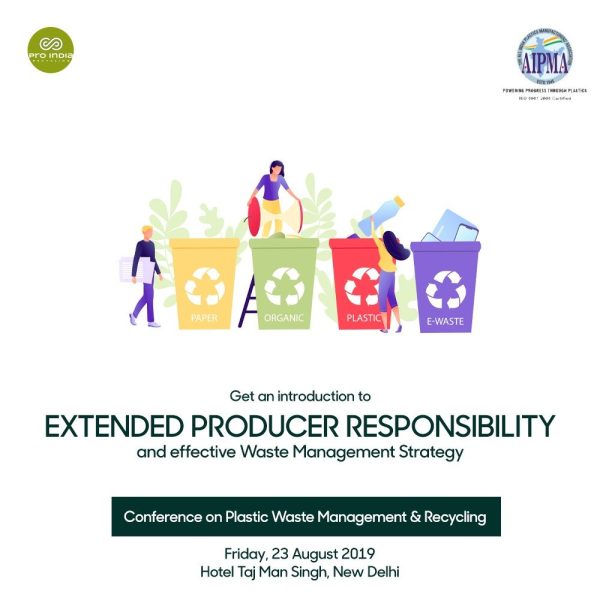In a world where the consequences of environmental degradation are becoming increasingly evident, the importance of sustainability has never been clearer. Sustainability, simply put, is the practice of meeting the needs of the present without compromising the ability of future generations to meet their own needs. It’s a concept that encompasses various approaches aimed at minimizing our ecological footprint and fostering a harmonious relationship between humans and the environment. Let’s delve into some creative and effective sustainability approaches that are paving the way for a greener future.
1. Circular Economy:
The circular economy is a revolutionary approach that aims to redefine the traditional linear model of ‘take, make, and dispose’ into one where resources are continually recycled and reused. Instead of ending up in landfills, materials are repurposed, repaired, or recycled, reducing waste and conserving valuable resources. Companies like Patagonia and Interface are leading the charge by embracing circularity in their business models, demonstrating that sustainability can go hand in hand with profitability.
2. Renewable Energy:
Transitioning from fossil fuels to renewable energy sources such as solar, wind, and hydropower is a crucial step towards achieving sustainability. Not only do these sources produce clean energy, but they also mitigate the harmful effects of greenhouse gas emissions. Initiatives like the Green New Deal and the Paris Agreement underscore the global commitment to ramping up renewable energy deployment and combating climate change.
4. Eco-Friendly Transportation:
Transportation is a major contributor to carbon emissions and air pollution, making it a key focus area for sustainability efforts. Electric vehicles (EVs), public transportation, biking, and walking are all examples of eco-friendly transportation options that reduce reliance on fossil fuels and promote cleaner air and healthier communities. Cities like Amsterdam and Copenhagen serve as models of sustainable urban mobility, with extensive bike infrastructure and efficient public transit systems.
5. Sustainable Design and Architecture:
Designing buildings and infrastructure with sustainability in mind is essential for minimizing resource consumption and environmental impact. Green building standards such as LEED (Leadership in Energy and Environmental Design) and Passive House prioritize energy efficiency, water conservation, and indoor air quality. By integrating renewable energy systems, natural ventilation, and recycled materials, architects and designers can create spaces that are both aesthetically pleasing and environmentally responsible.
- Heating and Cooling Systems: Efficient HVAC systems maintain comfortable indoor temperatures while minimizing energy consumption. Technologies like heat pumps and energy recovery ventilation enhance temperature control and airflow management.
- Natural Lighting: Maximizing natural light reduces reliance on artificial lighting during the day. Properly designed windows and skylights enhance energy efficiency.
6. Corporate Social Responsibility (CSR):
Businesses have a significant role to play in advancing sustainability through corporate social responsibility initiatives. From adopting ethical sourcing practices to reducing waste and carbon emissions, companies can leverage their influence and resources to drive positive change. Stakeholder engagement, transparency, and accountability are key principles of effective CSR strategies that promote sustainability across supply chains and operations.
7. Consumer Education and Behaviour Change:
At the heart of sustainability lies consumer behaviour and choices. Educating individuals about the environmental impact of their consumption habits empowers them to make more sustainable choices in their daily lives. Whether it’s reducing single-use plastics, supporting ethical brands, or embracing a plant-based diet, small changes can collectively make a big difference in reducing our ecological footprint and fostering a more sustainable future.
8.Innovative Urban Development:
Innovative urban development includes green infrastructure approaches and building initiatives to reduce the carbon footprint of urban growth and construction. In a nutshell, Areas that could be addressed include energy efficiency, renewable energy options, transport options including bike lanes and mass transit, recycling water and wastewater, renewable energy sources including solar energy, and green building design. Development, maintenance, and analysis of a city information base to understand what needs to be done and to serve as the basis for inclusive urban infrastructure planning, and future rational urban growth. This information base should be used through a geographic information system (GIS) to provide important information on vulnerable populations. The sharing of information and expertise across various departments engaged in development and planning is now more crucial which will pave the way for collaborative planning and management efforts. Community‐based organizations should be trained to connect resilient urban infrastructure development to improved livelihood opportunities; access to credit for sanitation and household connections to city water supply and sanitation systems; improved, energy efficient building design and construction; resilient building technologies; and transparent urban service, project design, management and implementation. Government agencies and NGOs have a tremendous amount of expertise to offer in the form of partnerships to address climate and food security related challenges.
Therefore, in short we can say that time has come when we must plan and develop our resources at global level but manage them at local level to enhance the efficiency and effectiveness of the development measures. The co-ordinated and consolidated efforts of all the developing and developed nations are solicited. The developing nations are using mostly conventional sources of energy while the developed nations are turning towards renewable energy. Germany promises to replace all its nuclear power plants with solar and other renewable energy resources. In this context, there is a need for free and barrier free technology transfer throughout the world is a necessity of time. We must learn to shift out attention from resource development to resource management for the wellbeing of the human race along with the environment. So, sustainability is not just a buzzword; it’s a guiding principle that holds the key to addressing some of the most pressing challenges facing our planet. By embracing innovative approaches and collective action, we can chart a course towards a more sustainable and resilient future for generations to come. Whether it’s through circular economy practices, renewable energy adoption, conscious consumerism and innovative urban development each of us has a role to play in shaping a greener tomorrow. Let’s embark on this journey towards a more sustainable and prosperous world.



